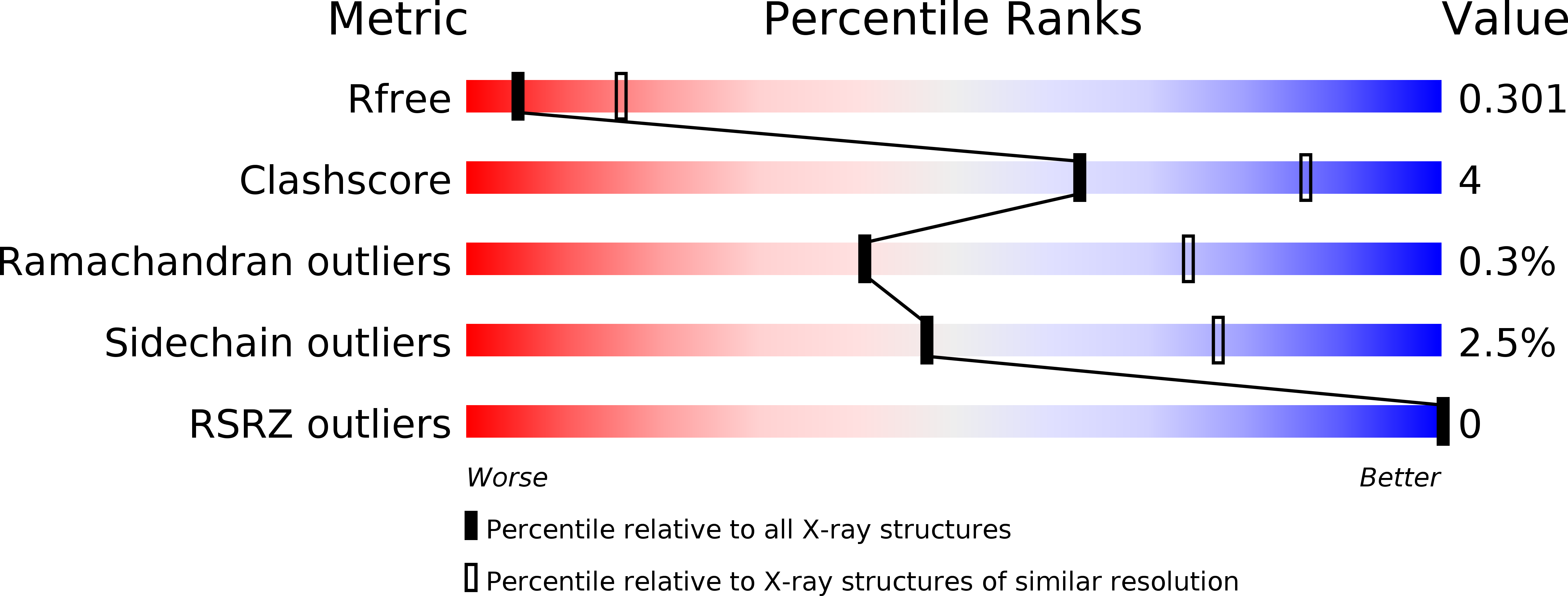
Deposition Date
2013-04-16
Release Date
2013-11-20
Last Version Date
2023-12-20
Method Details:
Experimental Method:
Resolution:
3.04 Å
R-Value Free:
0.29
R-Value Work:
0.24
R-Value Observed:
0.25
Space Group:
P 43 21 2


